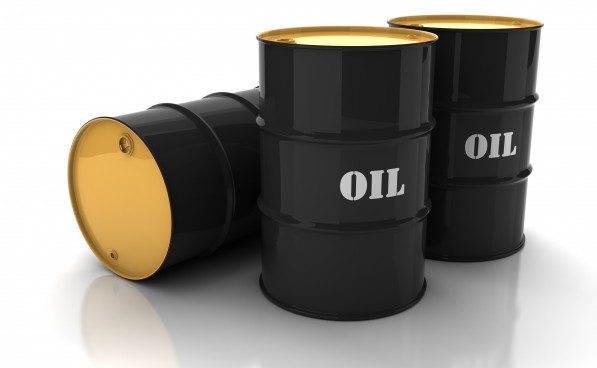U.S. oil exports to meet 5 pct of non-U.S. global demand by 2022 – Enterprise

Crude oil exports from the United States will increase to meet 5 percent of global demand by 2022, as refiners seek more low-sulphur crude to meet stricter rules for cleaner fuels, an executive from Enterprise Partners LP said on Monday.
U.S. oil exports may rise to about 4 million barrels per day (bpd) by 2022, a four-fold jump from this year, said Brent Secrest, a senior vice president at Enterprise Products. During that same period, global oil demand, excluding the U.S., may rise to as much as 73 million bpd, up from 65 million bpd currently, he said.
Demand for light, low-sulphur, or sweet, crude is set to rise as countries push refiners to produce cleaner fuels, as highlighted by the Internationals Maritime Organization’s (IMO) new rules to cut the sulphur content in the fuel used in large container ships, or bunker fuel, by 2020.
“The (crude oil) barrels have to clear across the water … To the demand in Asia, to the demand in Europe,” he told an industry event in Singapore.
U.S. crude oil production has spiked following the higher output of low-sulphur crude from shale formations since the late-2000s, causing a glut in domestic crude supplies. U.S. refiners, however, are geared toward processing denser oil with a higher sulphur content.
Enterprise currently exports around 100,000 bpd of crude oil from the U.S. Gulf Coast, Secrest said.
To ramp up exports, the company plans to increase the loading rates at the Enterprise Houston Midland terminal by the first quarter of 2018 and is looking at stabilizing the quality of Domestic Sweet crude (DSW) exports from its Seaway terminal, he said.
More U.S. oil exports are also expected as U.S. refiners will not change their configurations to accommodate domestic light, sweet crude oil, Secrest added.
The change in the bunker fuel specifications will also boost the U.S. export demand, he said.
The IMO tightened the sulphur requirement for bunker fuels in October to a maximum of 0.5 percent from the current maximum of 3.5 percent.
Refiners and the shipping sector have not decided how to meet the stricter standards amid a myriad of solutions that include switching to gasoil or installing scrubbers to remove sulphur emissions from ships.
“(The) solution is light sweet crude oil that we have to offer, Secrest said.









0 Comments